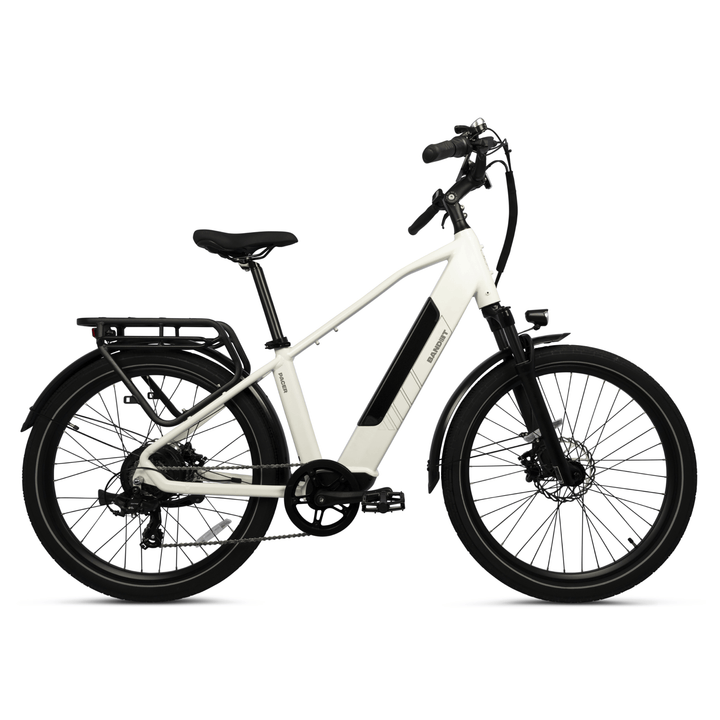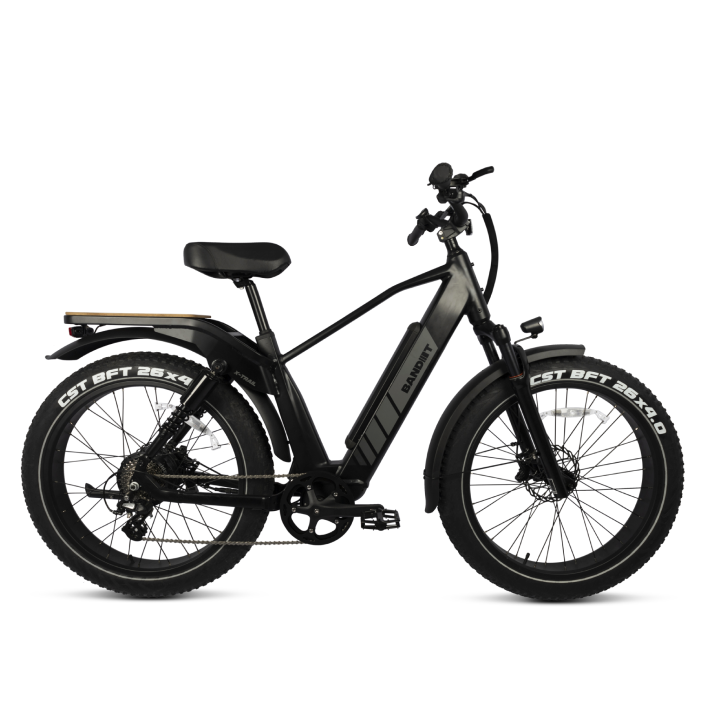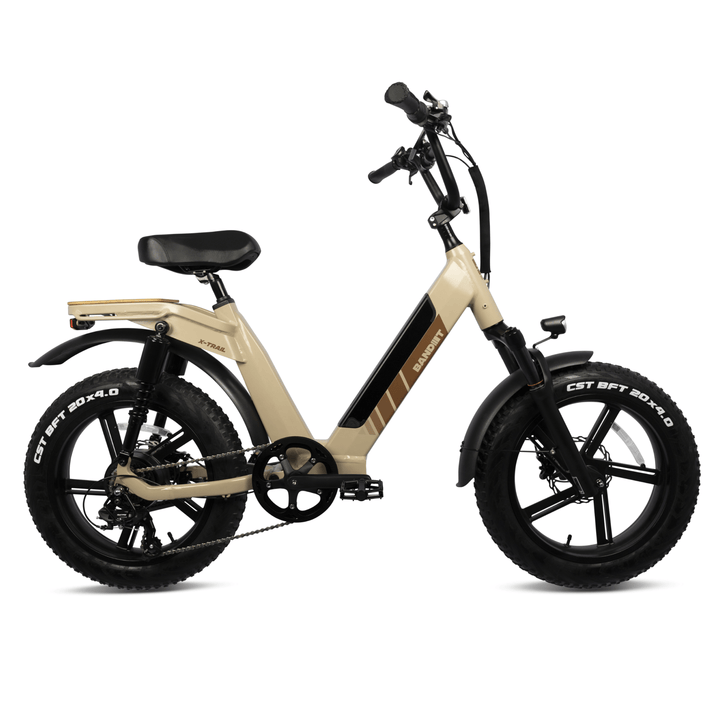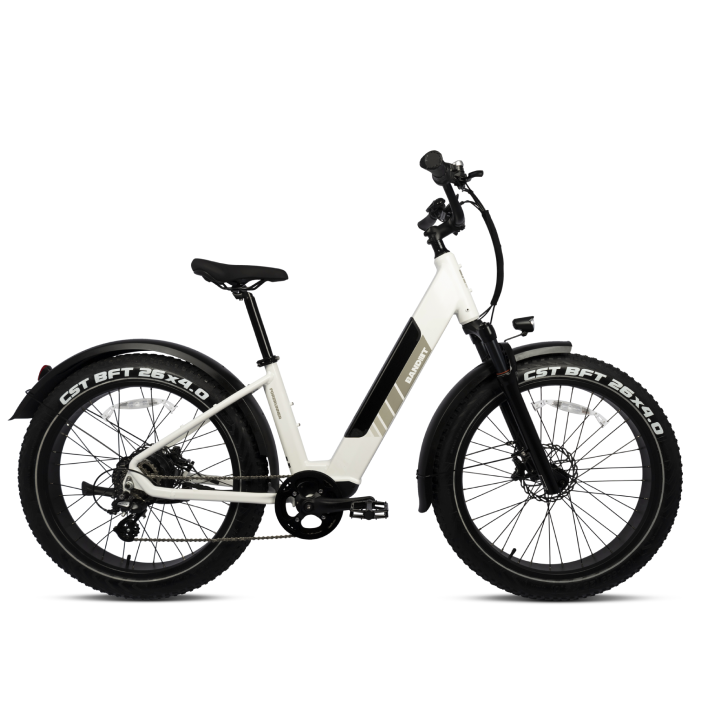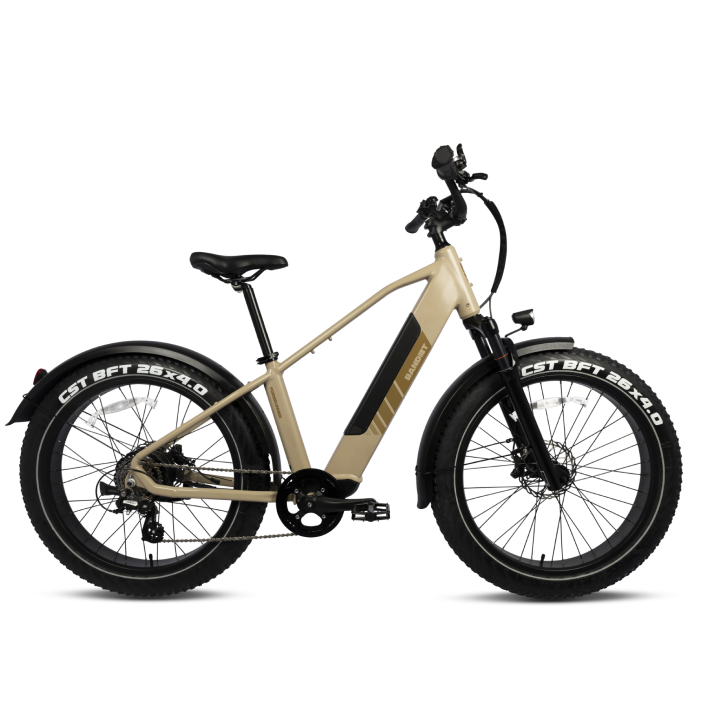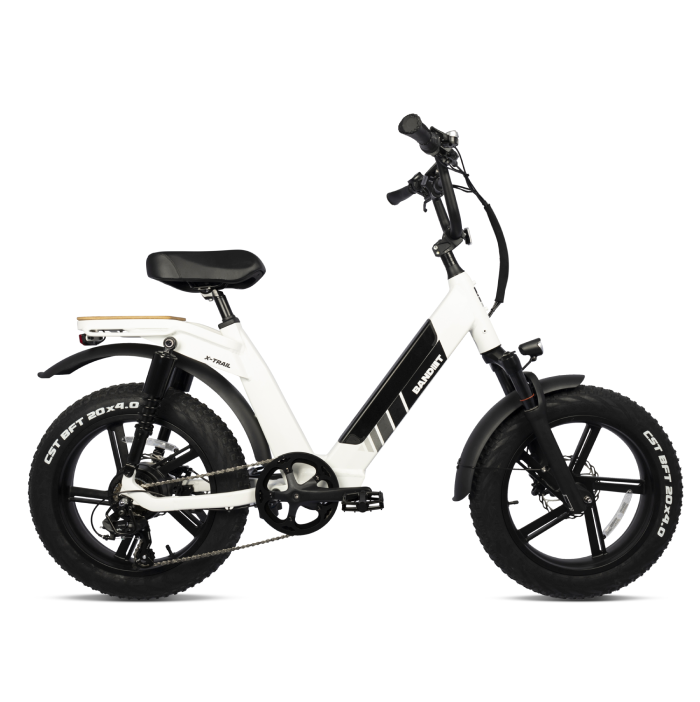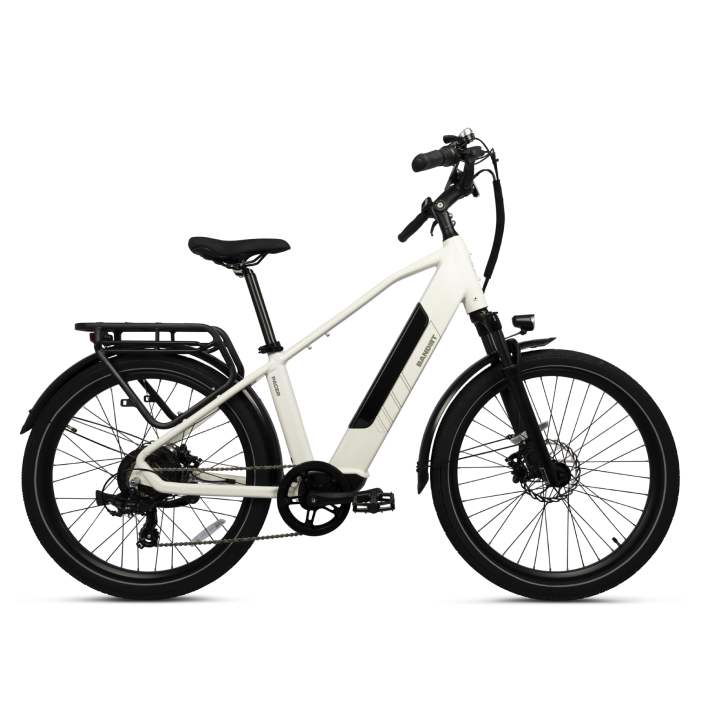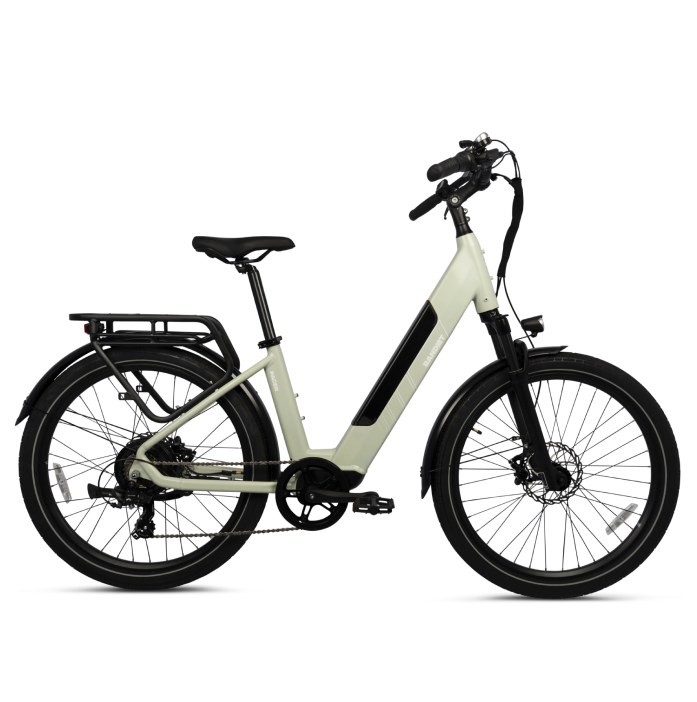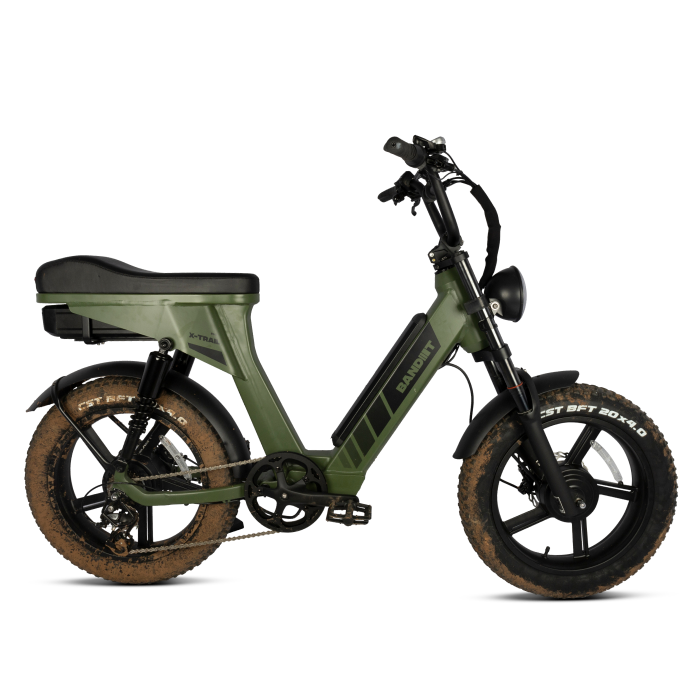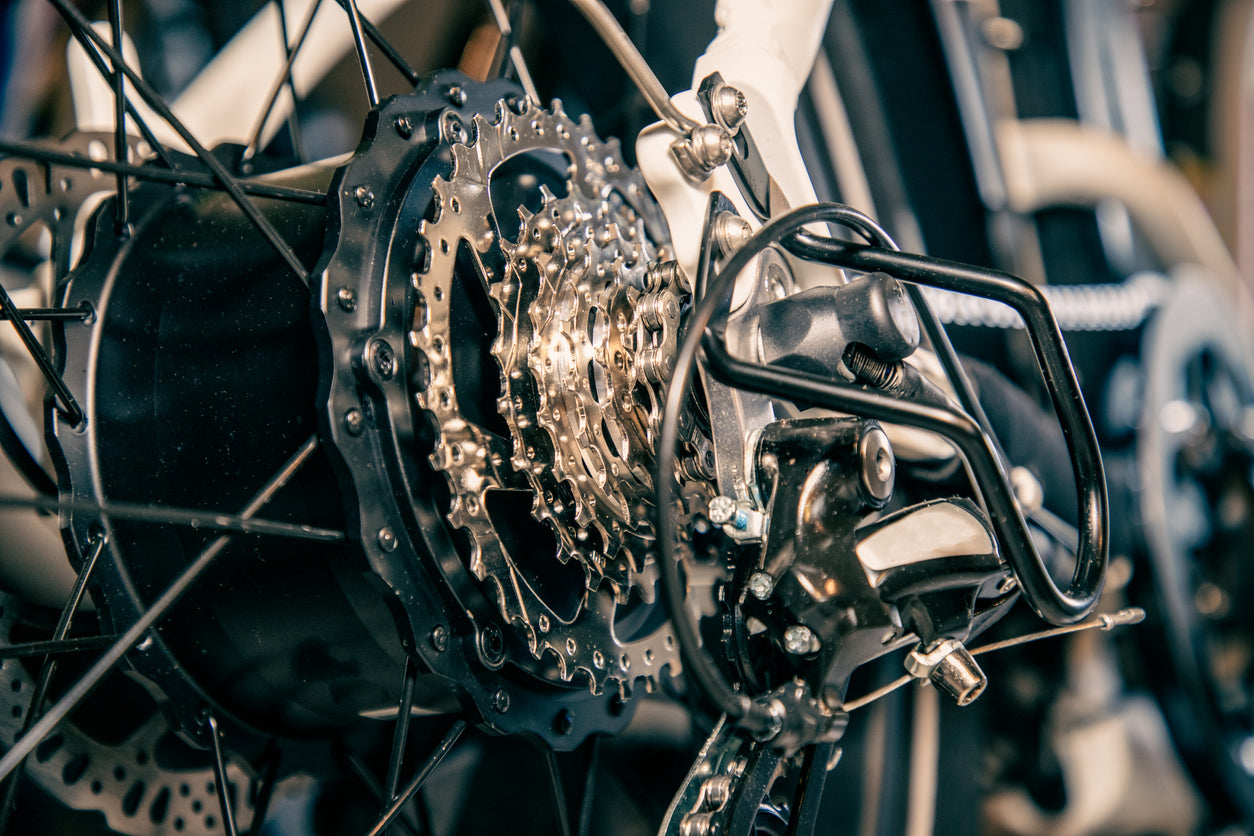Hey there, e-bike fans! E-bikes are growing in popularity, and it's no surprise – they offer an eco-friendly, efficient, and fun way to get around. However, with their rise in popularity, several myths have sprung up. Today, we’re here to debunk some of the most common misconceptions about e-bikes and give you the facts you need. Let’s dive in!
Myth 1: E-Bikes Are Just for Lazy People
Fact: E-bikes provide pedal assist, meaning you still need to pedal to get the motor running. While the motor makes it easier to tackle hills and long distances, you’re still getting exercise. In fact, studies show that e-bike riders often ride longer distances and more frequently than those on traditional bikes, leading to increased physical activity overall.
Myth 2: E-Bikes Are Too Expensive
Fact: While it's true that some high-end e-bikes can be pricey, there are plenty of affordable options on the market. Moreover, when you factor in savings on gas, parking, and public transportation, an e-bike can pay for itself in a matter of months. Plus, many regions offer tax rebates and incentives to make e-bikes even more affordable.
Myth 3: E-Bikes Don’t Offer Enough of a Workout
Fact: E-bikes can provide as much or as little of a workout as you want. Most e-bikes have different levels of pedal assist, allowing you to choose how much help you get from the motor. You can ride with minimal assistance for a tougher workout or crank up the assistance for an easier ride. Either way, you’re still pedaling and burning calories.
Myth 4: E-Bikes Are Not Eco-Friendly
Fact: E-bikes are significantly more environmentally friendly than cars. They produce zero emissions while riding and have a much lower environmental impact than traditional vehicles. While the production of e-bike batteries does have some environmental cost, it is far outweighed by the benefits of reduced car usage, lower emissions, and decreased traffic congestion.
Myth 5: E-Bikes Are Complicated to Maintain
Fact: E-bikes are actually quite user-friendly when it comes to maintenance. They share many components with traditional bikes, such as tires, brakes, and gears, which most bike shops can service easily. While the electric components do require some special attention, modern e-bikes are designed to be reliable and low-maintenance. Regular upkeep, such as keeping the battery charged and the chain lubricated, is usually all that’s needed.
Myth 6: E-Bikes Are Too Heavy
Fact: While e-bikes are generally heavier than traditional bikes due to the battery and motor, advances in technology have made them lighter and more manageable. Many modern e-bikes use lightweight materials like aluminum and carbon fiber to keep the weight down. Additionally, the motor assistance compensates for the extra weight, making it less noticeable during rides.
Myth 7: E-Bikes Are Only for the Elderly
Fact: E-bikes are for everyone! While they are an excellent option for older adults or those with physical limitations, they are also popular among commuters, fitness enthusiasts, and recreational riders of all ages. E-bikes make cycling accessible to a wider audience and can be enjoyed by anyone looking for a versatile and enjoyable mode of transportation.
Myth 8: E-Bikes Are Dangerous
Fact: E-bikes are as safe as traditional bikes when ridden responsibly. Like any bike, wearing a helmet, following traffic laws, and using proper signals and lights are essential for safety. The added speed and acceleration can be managed with proper riding techniques and awareness. Many e-bikes also come with enhanced safety features such as better brakes and lights.
Final Thoughts
E-bikes are a fantastic option for anyone looking to enjoy the benefits of cycling with a bit of extra help. By debunking these common myths, we hope to encourage more people to give e-bikes a try. They offer a sustainable, healthy, and fun way to travel, making them an excellent choice for a wide range of riders. So, hop on an e-bike and experience the ride for yourself – you might just find it’s everything you’ve been looking for.
